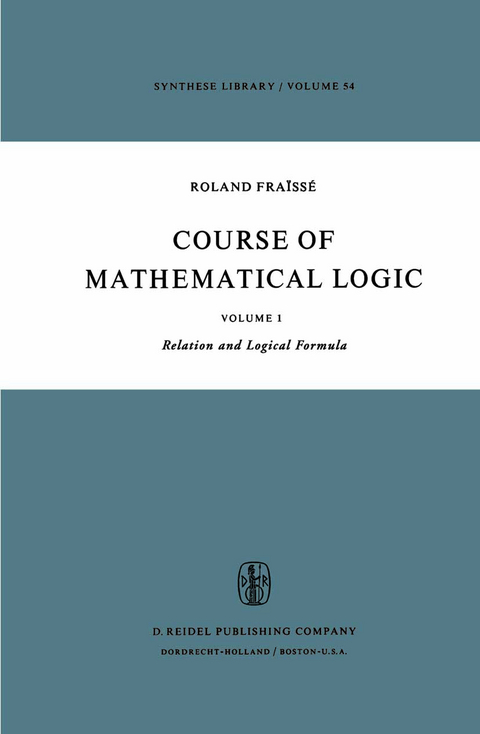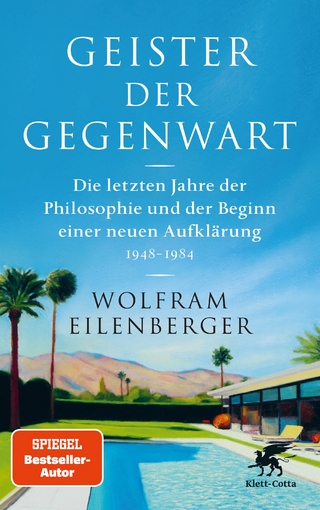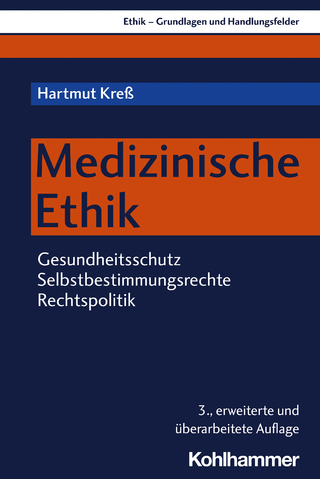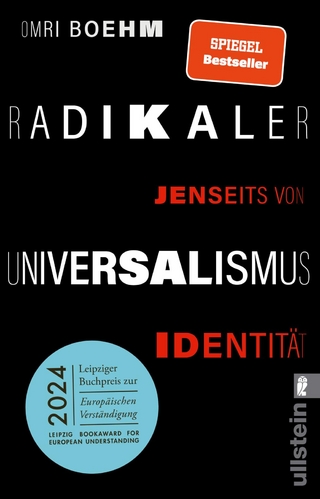
Course of Mathematical Logic
Kluwer Academic Publishers (Verlag)
978-90-277-0510-5 (ISBN)
1/Local Isomorphism and Logical Formula; Logical Restriction Theorem.- 1.1. (k,p)-Isomorphism.- 1.2. (k,p)-Equivalence.- 1.3. Characteristic of a Logical Formula. Relations Between (k,p) -Isomorphism and Logical Formula.- 1.4. Logical Extension and Logical Restriction; Logical Restriction Theorem.- 1.5. Examples of Finitely-Axiomatizable and Non-Finitely-Axiomatizable Multirelations.- 1.6. (k,p)-Interpretability.- 1.7. Homogeneous and Logically Homogeneous Multirelations.- 1.8. Rigid and Logically Rigid Multirelations.- Exercises.- 2/Logical Convergence; Compactness, Omission and Interpretability Theorems.- 2.1. Logical Convergence.- 2.2. Compactness Theorem.- 2.3. Omission Theorem.- 2.4. Interpretability Theorem.- 2.5. Every Injective Logical Operator is Invertible.- Exercise.- 3/Elimination of Quantifiers.- 3.1. Absolute Eliminant.- 3.2. (k,p)-Eliminant.- 3.3. Elimination Algorithms for the Chain of Rational Numbers and the Chain of Natural Numbers.- 3.4. Positive Dense Sum; Elimination of Quantifiers over the Sum of Rational or Real Numbers.- 3.5. Positive Discrete Divisible Sum; Elimination of Quantifiers over the Sum of Natural Numbers.- 3.6. Real Field; Elimination of Quantifiers over the Sum and Product of Algebraic Numbers or Real Numbers.- Exercises.- 4/Extension Theorems.- 4.1. Restrictive Sequence; (k,p)-Isomorphism and (k,p)-Identimorphism.- 4.2. Application to Logical Restriction.- 4.3. Projection Filter.- 4.4. Logical Extension Theorems.- 4.5. Theorem on Common Logical Extensions.- 4.6. Logical Morphism and Logical Embedding.- Exercises.- 5/Theories and Axiom Systems.- 5.1. Theory: Consistency; Intersection of Theories.- 5.1 Axiom System. Class of Models; Union-Theory, Finitely-Axiomatizable Theory, Saturated Theory.- 5.3. Complement of a Theory.- 5.4. Categoricity.- 5.5. Model-Saturated Theory.- Exercises.- 6/Pseudo-Logical Class; Interpretability of Theories; Expansion of a Theory; Axiomatizability.- 6.1. Pseudo-Logical Class.- 6.2. Interpretability of Theories.- 6.3. Canonical Expansion, Semantic Expansion, and Other Expansions.- 6.4. Axiomatizable Multirelations and Theories.- 6.5. Free Expansion.- Exercises.- 7/Ultraproduct.- 7.1. Family of Multirelations, Ultrafilter, Induced Logical Equivalence Class; Ultraproduct and Ultrapower; Maximal Case.- 7.2. Logical Equivalence Implies the Existence of Isomorphic Ultrapowers.- 7.3. Characterization of Logical Classes.- 7.4. Normal Ultraproduct; Definitions and Examples.- 7.5. Normal Ultraproducts and Logical Equivalence.- Exercises.- 8/Forcing.- 8.1. Generic Predicate; System: (+)-Forced and (?)-Forced Formulas.- 8.2. Elementary Properties.- 8.3. Forcing with Constraints.- 8.4. General Relation.- 8.5. Forcing and Deduction; Theory Forced by a Generic Predicate.- Exercises.- 9/Isomorphisms and Equivalences in Relation to the Calculus of Infinitely Long Formulas with Finite Quantifiers.- 9.1. ?-Isomorphism and ?-Equivalence.- 9.2. ?-Isomorphism and ?-Equivalence; Karpian Families.- 9.3. Automorphic Rank of a Multirelation.- 9.4. Multirelations with Denumerable Bases and ?-Isomorphisms.- 9.5. ?-Extension and ?-Interpretability.- 9.6. Infinite Logical Calculi and their Relation to Local Isomorphisms and Equivalences.- Proof of Lemmas Needed to Prove J. Robinson’s Theorem.- Closure of a Relation.- References.
| Erscheint lt. Verlag | 31.10.1974 |
|---|---|
| Reihe/Serie | Synthese Library ; 69 |
| Übersetzer | David Louvish |
| Zusatzinfo | XX, 198 p. |
| Verlagsort | Dordrecht |
| Sprache | englisch |
| Maße | 155 x 235 mm |
| Themenwelt | Geisteswissenschaften ► Philosophie ► Allgemeines / Lexika |
| Geisteswissenschaften ► Philosophie ► Logik | |
| Mathematik / Informatik ► Mathematik ► Allgemeines / Lexika | |
| Mathematik / Informatik ► Mathematik ► Logik / Mengenlehre | |
| ISBN-10 | 90-277-0510-0 / 9027705100 |
| ISBN-13 | 978-90-277-0510-5 / 9789027705105 |
| Zustand | Neuware |
| Haben Sie eine Frage zum Produkt? |
aus dem Bereich


